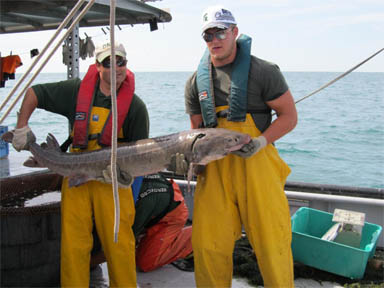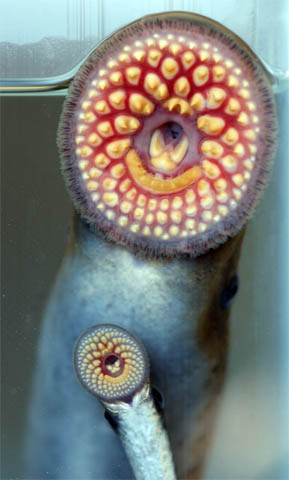Abiotic Factors In A Lake
Great Lakes Literacy is an understanding of the Great Lakes' influence on you lot and your influence on the Great Lakes. Principles Iv & Five focus on the fundamental importance of water to all living things.
This article is the fifth in a series of manufactures discussing what Neat Lakes literacy means for residents of the state of Michigan and the Slap-up Lakes region.
Great Lakes Literacy Principle Three
Smashing Lakes Literacy Principle Six
The Neat Lakes incorporate approximately 20% of World'southward surface fresh h2o, and fresh water has many unique properties. H2o is essential for life, and all living processes occur in an aqueous environment. Every aquatic and terrestrial organism in the Not bad Lakes bowl requires a source of fresh water to survive.
Life in the Great Lakes ranges in size from the smallest blueish-green bacteria to the largest animal that lives in the Great Lakes, the lake sturgeon. Most life in the Great Lakes exists equally microorganisms. Microorganisms, such as phytoplankton and cyanobacteria, are the nigh important master producers in the lakes.
The Great Lakes' watershed supports organisms from every kingdom on Earth and Great Lakes biological science provides many examples of life cycles, adaptations, and important relationships amongst organisms, such as symbionts, predator-prey dynamics, and energy transfer.
The Great Lakes ecosystem provides habitat for both terrestrial and aquatic species. The Great Lakes are three-dimensional, offering vast living infinite and diverse habitats from the shoreline and surface down through the water column to the lake floor. Great Lakes' habitats are defined by environ mental factors. Every bit a result of interactions involving abiotic factors such as temperature, clarity, depth, oxygen, light, pressure, substrate type and circulation, life in the Great Lakes is not evenly distributed. Abiotic factors tin alter daily, seasonally or annually due to natural and human influences.
mental factors. Every bit a result of interactions involving abiotic factors such as temperature, clarity, depth, oxygen, light, pressure, substrate type and circulation, life in the Great Lakes is not evenly distributed. Abiotic factors tin alter daily, seasonally or annually due to natural and human influences.
Ecosystem processes influence the distribution and diversity of organisms from surface to lesser and nearshore to offshore. Wetlands, including littoral marshes and freshwater estuaries, provide of import and productive nursery areas for many species that rely on these habitats for protective structure, hunting grounds, migration stops and raising offspring.
Life cycles, behaviors, habitats and the affluence of organisms in the Corking Lakes have all been altered, in some cases to the expert and others to the bad, by intentional and unintentional introduction of non-native plant and animal species.
MSU Extension and Michigan Sea Grant offer many opportunities to larn more about the Keen Lakes. Registration is currently open up for our 2012 Summer Discovery Cruises, and K-12 classes are on the water this jump participating in our Great Lakes Education Plan. For educators, our Teaching with Corking Lakes Data professional evolution workshops and accompanying website offer many means to include historical and real-time Cracking Lakes weather condition and climate data in the classroom.
This commodity was adapted from Great Lakes Literacy: Essential Principles and Central Concepts for Great Lakes Learning (Ohio Sea Grant, 2010).
Abiotic Factors In A Lake,
Source: https://www.canr.msu.edu/news/great_lakes_literacy_principles_four_five_water_makes_earth_habitable
Posted by: bentleyangsts65.blogspot.com


0 Response to "Abiotic Factors In A Lake"
Post a Comment